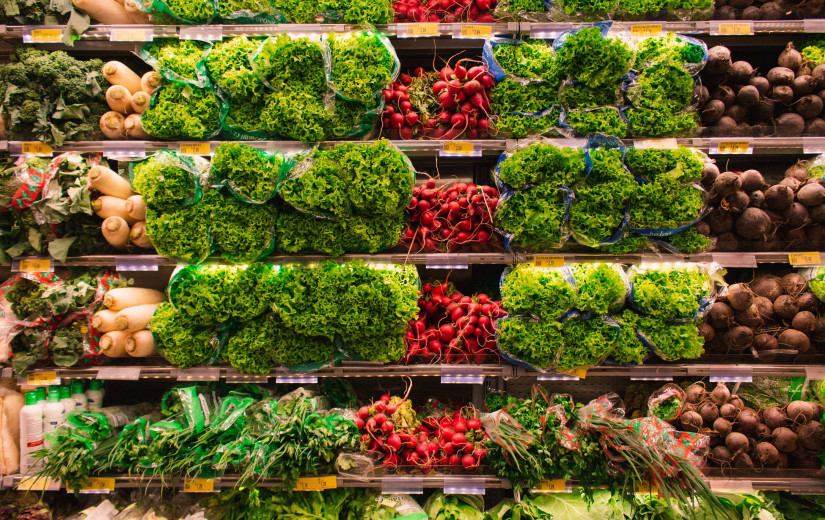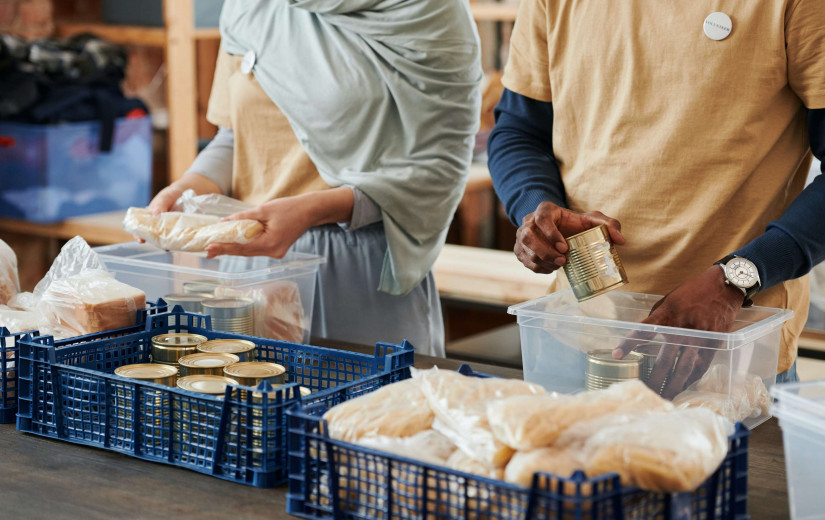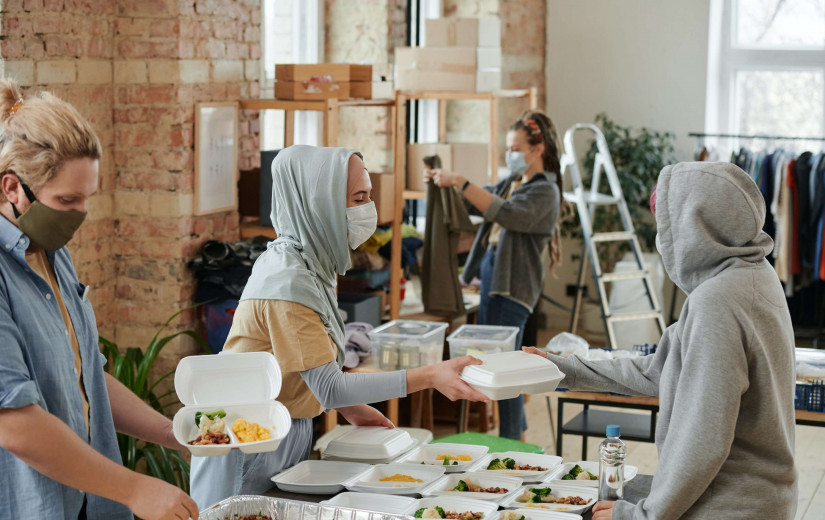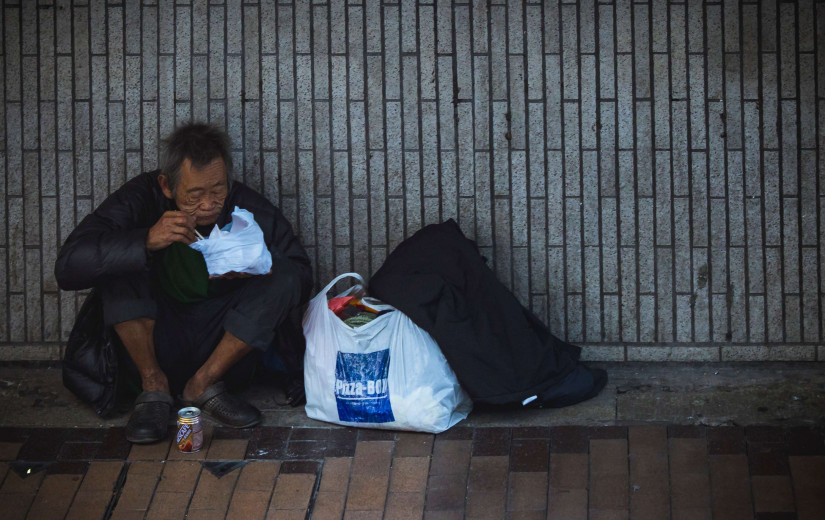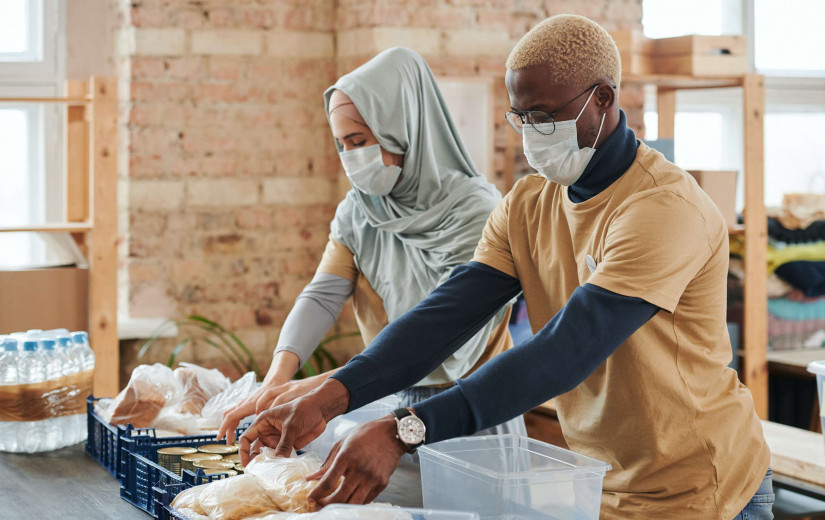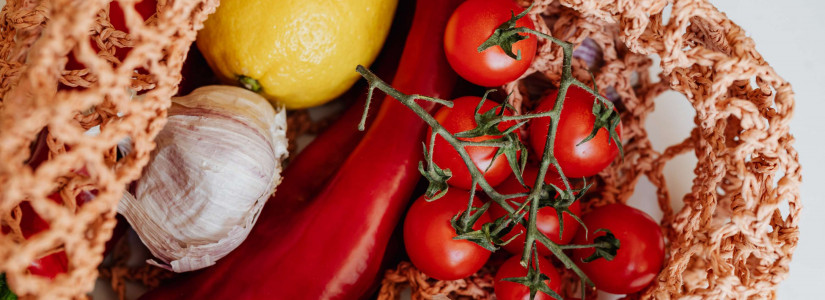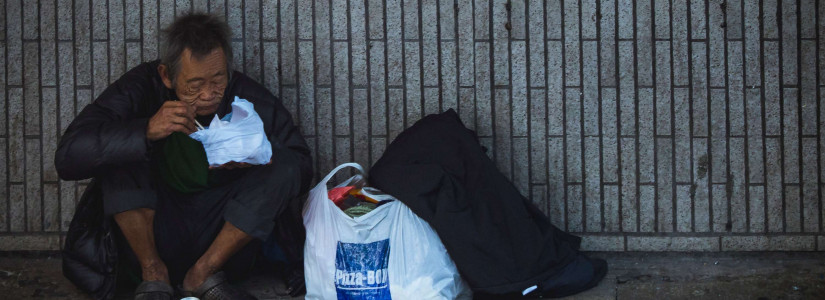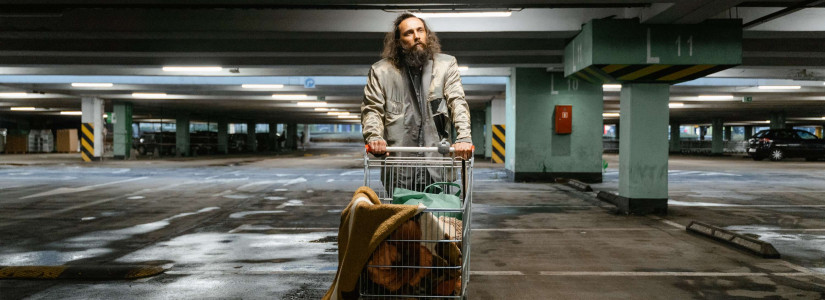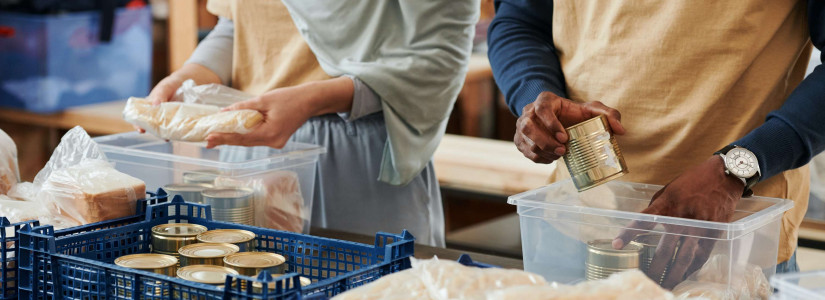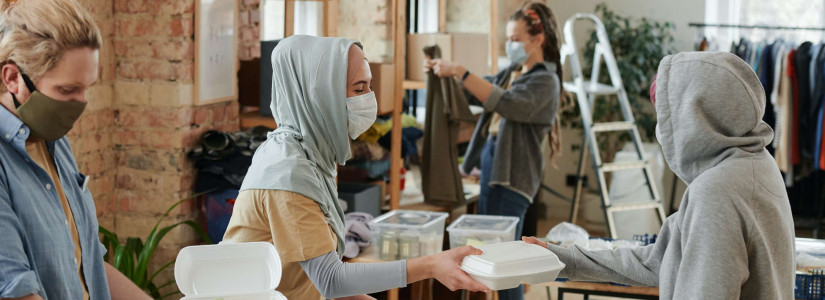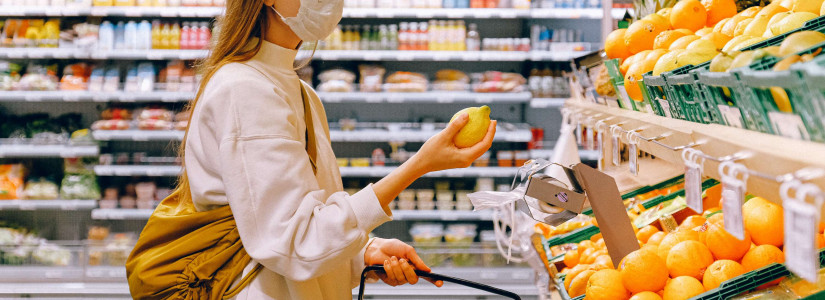COVID-19 Pandemic Leads to Large Drop in Adult Vaccination Rates
The COVID-19 pandemic has been at the head of public health concerns for about one year. However, there are some other concerning issues that also need to be addressed. Adults are slacking on getting vaccinated, and that could put them at risk for serious yet preventable illnesses.
Possible Reasons for the Rate of Decline in Adult Vaccinations
Last March and April, many providers canceled routine healthcare appointments and non-urgent visits in order to preserve personal protective equipment. Gloves, face masks and other gear was in low supply and high demand. The thought was that conserving it for use in essential healthcare would be a better priority than using it for routine visits that could be postponed by a few months. This gave manufacturers of personal protective equipment time to catch up.
Another possible reason why adult vaccination rates may have declined is the cancellation of vaccination clinics at public health departments. They don't want people congregating, and their staff were pressed into dealing with pandemic-related issues. There was also a shortage of logistical services and general healthcare supplies, including syringes.
People may have lost their health insurance if they got laid off, furloughed or worked at a place that had to go out of business. With no health insurance, adults may not have been able to afford to get any vaccines they needed. If the free vaccination clinics weren't open, then they had no other options.
Some people didn't want to go out unless it was an emergency. This is especially true for people at a high risk of COVID-19 complications or death. Some people had new obligations, such as managing the remote education of their children. If vaccination clinics were available, they may not have had any childcare help that would allow them to leave home without their kids.
How Much the Adult Vaccination Rate Dropped
There has been a steep decline of non-COVID-19 vaccinations in older adults. Healthcare providers are concerned. Routine vaccinations are important, especially for senior citizens. Adults may need booster shots for pertussis, an annual flu vaccine or the pneumonia vaccine. They may also need to get a shingles vaccine.
What Could Happen If Adults Skip Vaccines
Every year, many Americans needlessly die from vaccine-preventable diseases. Most of them are older adults. Pneumonia is still a leading cause of death for the elderly. Most years, influenza is also on that list, although masking and social distancing have led to a sharp decrease in flu cases, hospitalizations and deaths during the winter of 2020-21. As a person ages, their immune system weakens. The weaker immune system is less able to fight off germs. The body also makes fewer antibodies. The immune system's memory fades over time. With influenza, a new vaccination is needed each year because the circulating flu viruses mutate enough every year that the body might not recognize them from previous infections. If a person is going to stay healthy, they need to include these routine adult vaccinations into their lifestyle.
How Providers Are Safely Administering Vaccines
Throughout the United States, healthcare providers continue to use the utmost level of protection to keep their patients and themselves safe. They use timed appointments to limit the number of people who are waiting and the amount of time that a person has to wait. Most have instituted pre-appointment COVID-19 screenings. These include questionnaires. When a person arrives for their appointment, they typically have their temperature checked before they're admitted entry to the building. Some places are doing drive-up vaccinations. This is done for COVID-19 as well as other shots, such as the flu vaccine. Many providers offer special hours for older patients who are at a higher risk of illness. Curbside waiting rooms are also being used by many providers. This is when the patient calls the provider when they arrive at the facility, but they wait in their vehicles until the office receptionist tells them to enter the building.
COVID-19 Vaccinations Are Decreasing the Risk of Infection
As of February 18, more than 75 million doses of COVID-19 have been administered in the United States. Nearly 10% of Americans have had at least one dose of the two-dose vaccines. The rates of COVID-19 infection are going down in most of the country. In some places, the rate is just 20% of what it was during the post-holiday surge that took place in late December through early January. Several days this week, the United States reported fewer than 100,000 new cases of COVID-19.




